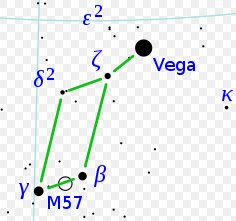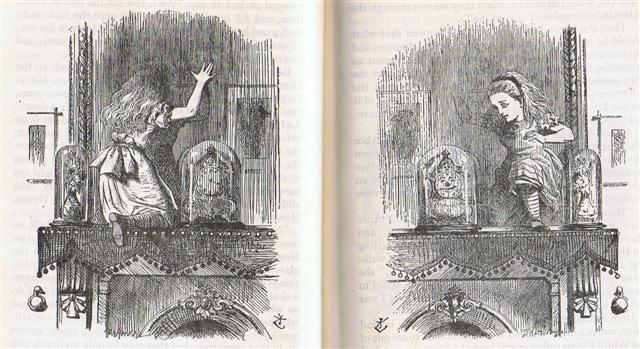ºJune 20 (171) was 364 / 4 = 91 days from the northern spring equinox (= ºMarch 21 according to the decisions of the Church). Counting from ºMarch 21 there were 365 - 79 = 286 days to the end of the year:
I have highlighted also the nakshatra dates because the text could here refer to the night side, where for instance ºJune 20 (171) + 183 would become ºDecember 20 (354 = 12 * 29½). The little Rei in Ga1-30 is located as day number 5 ('fire') counted from ºJune 14 (165), when in the times of Gregorius XIII the Sun had passed Betelgeuze at the bank of the Milky Way and reached the vertical line through Praja-pāti, Menkalinan, Mahashim, and γ Columbae. In rongorongo times the centrally located (i.e. important) moe in Ga2-3 would have represented day 177 (June 26) = 6 * 29½ and in the time of Gregorius XIII day 354 (= 12 * 29½) was where the Sun rose together with ε Sagittarii (Kaus Australis):
In the time of Bharani the date "May 16 (136) was 41 days before day 177 (i.e. the same day distance as that from 0h in rongorongo times to heliacal Bharani). The following night had Vega high up in the sky roof close to the Full Moon. It could have been a time for playing the harp: 
This is the only Hindu lunar station which has no added comment (-). Maybe no such was necessary. When Vega was close to the Sun it could have meant half a cycle (10 * 27 = 270 = 540 / 2) had been completed and that a new such would here be successfully initiated - with the dark forces overcome (therefore 'victorius', abhijit). As always only pure speculations of mine, of course. Half a year later the Sun would reach June 27 (178) at the spot in the sky roof opposite to Vega. *281 - 183 = *98. December 27 could be counted as 10 (decem) * 27 = 270 = 9 * 30 and 361 (December 27) minus 183 was 178 (June 27, 6-27). 62 * 7 = 434, could allude to RA day 434 - 80 = *354 = 12 * 29½. Counting from January 1 in the previous year June 27 became RA day 178 - 80 + 366 = *464. The illustration of Lyra above is from Hevelius, who depicted the constellations with the same perspective as the rongorongo writers, i.e. with time running from left to right (with higher RA positions towards the right) = the perspective from a point outside the globe of stars. We can therefore understand the eagle is looking backwards in time, a sign which may have meant he had no future. Lyra was in a way an end station.  In a mirror image the normally forward looking persons will be reversed, with right becoming left and vice versa. This could explain why κ Lyrae comes at right in this star map - where right ascension increases to the left.
| |||||||||||||||||||||||||||||||||||||||||||||||||||||||||||||||||||||||||||||||||||||||||||||||||||||||||




